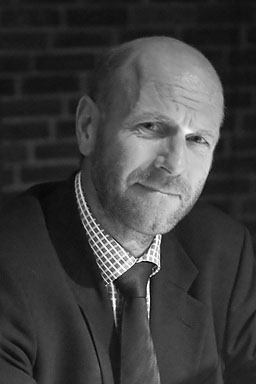
Tor-Arne Hammer
Im Rahmen der Vortragsreihe des SFB 528 spricht am 22. Oktober Dr. Tor-Arne Hammer von SINTEF, Norwegen, zum Thema „Advanced concrete materials for structural applications – Norwegian experience“. Der Vortrag findet im Potthoffbau, Hörsaal 161 statt und beginnt um 14:50 Uhr. Hier der Abstract des Autoren:
Concretes with high strength and/or low weight have been in focus for more than two decades, driven by the need for longer bridges, taller buildings and more slender structures. This has resulted in improved standards and codes allowing utilization of concrete with compressive strength of more than 100 MPa as well as densities down to 1200 kg/m3, for structural applications. However, the experience show that these concretes may have reduced execution properties, and together with relatively high material cost this has limited the use of these concretes. It can be interpreted from the ongoing ECO-serve thematic EU network, with main objective to identify the needs of the European Construction Industry, that future needs will be driven more by environmental issues. The term advanced concrete materials may be related to environmental issues.
Based on this fundament a Norwegian consortium prepared a proposal for a Centre for Research based Innovation (CRI), and was granted with governmental money (through the Research Council of Norway) as well as industrial support for 8 years, as one of presently 14 Centers, in competition with proposals from most other business sectors. In fact, concrete was the only materials proposal granted. The main objective for CRIs is to enhance the capability of the business sector to innovate by focusing on long-term research based on forging close alliances between research-intensive enterprises and prominent research groups.
The Centre is called COIN – Concrete Innovation Center. The vision is creation of more attractive concrete buildings and constructions. Attractiveness implies aesthetics, functionality, sustainability, energy efficiency, indoor climate, industrialized construction, improved work environment, and cost efficiency during the whole service life. The primary goal is to fulfill this vision by bringing the development a major leap forward by more fundamental understanding of the mechanisms in order to develop advanced materials, efficient construction techniques and new design concepts combined with more environmentally friendly material production.
